DASTARDLY TIMES need even MORE "JOY-ART!" Wife Julie Schachter's PINHOLE PHOTOS may help fill the bill! (Her "Who's Who 1980, Bather's, Warhol-shot by a SOUP can, etc. now @History Museum.
My dear Julie has been creating amazing art for over a half-century—including PUNK PHOTOS, PINHOLE, BRONZE SCULPTURES,AND PAINTING/DRAWINGS. Here’s a brief survey of thirty years of her pinhole photographs, including pictures of her whimsical, one-of-a-kind lens-less cameras and handcrafted tripods. The collection includes her Bathers, Berlin, and Death Valley picture series.
Julie’s pinhole images (below) are available for viewing at the SANTA FE HISTORY MUSEUM permanent Collection in New Mexico. Read an article on her PINHOLE WORK HERE:
“MUSE/WRITER’S CHAIR.” (1993)
“NOT OUT OF THE WOODS YET.” (1993)
“Margaret From the Bather’s Series.” (1982)
"Ronnie, Death Valley Daze", Boraxo pinhole camera.
Red ‘dot’ located below the ‘BORAXO’ name includes a tiny pinhole through which ‘RONNIE” image was created, exposed to a 4” X 5” photographic negative in light-tight can, shot in the sand dunes of Death Valley, CA.
"Self Portrait with Marlon." (1986)
"100 Andies - The Soup Can's Revenge" (1976)
Photos excerpted from “BLACK BOXES, The Pinhole Photography of Julie Schachter.”
————
About this collection
Mysterious, artistic, and as low-tech as an oatmeal box, pinhole photography has captivated everyone from schoolchildren to professional photographers for more than a century. The Pinhole Resource Archives, the world’s largest collection of images, books and cameras, just joined New Mexico’s largest archive of photography, the Palace of the Governors Photo Archives at the New Mexico History Museum.
The collection was a donation from Pinhole Resource Inc., which is based in New Mexico and led by Eric Renner and Nancy Spencer.
Even in this digital age, pinhole photography remains an intriguing medium. Its continued popularity has been celebrated every April since 2001 with Worldwide Pinhole Photography Day. The 2010 event drew 3,387 images from 67 countries.
An exhibition of images from this unparalleled collection of pinhole photographs, representing images from New Mexico and around the world, is scheduled for April 2014. Poetics of Light will coincide with Worldwide Pinhole Photography Day.
In the 5th century BC, a Chinese philosopher noted the inverted image produced through a pinhole— an effect that led to development of the camera obscura and serves as the fundamental quality of pinhole photography. Renaissance artists Leonardo da Vinci, Filippo Brunelleschi, and Leon Battista Alberti advanced the knowledge of pinhole camera obscura imagery, creating a basis and understand of one-point perspective. In 1850, Sir David Brewster, a Scottish scientist, took the first photograph with a pinhole camera. By the mid-1980s, a variety of pinhole cameras could be purchased by anyone who wanted to create images without creating the camera.
In its most simple description, a pinhole camera is a lens-less camera with a small aperture. The interior of the “camera” (which can be, yes, an oatmeal box…or a traffic cone…or the human mouth…) contains a piece of film that records the projected image over periods of time that can range from a second to a year.
Pinhole Resource Inc., a nonprofit organization dedicated to pinhole photography across the globe, was formed in New Mexico in 1984 by Eric Renner. He began working in pinhole photography in 1968, while teaching three-dimensional design for the State University of New York at Alfred. Images from his 6 pinhole panoramic camera were shown in the first exhibition of the Visual Studies Workshop Gallery in Rochester, New York. Consequently, one of Renner’s images was included in the Time-Life Series The Art of Photography, 1971. Through exhibitions and workshops, he met pinhole artists throughout the world and worried that their work might become as lost as the thousands of images taken during the Pictorial Movement from the late 1880s to early 1900s. After forming the nonprofit, he created the Pinhole Journal, and in 1989 was joined by Nancy Spencer, co-director of Pinhole Resource and co-editor of the journal, which ceased publication in 2006. Their collections included images from Europe, the Mideast, Asia and the Americas, books about pinhole photography, and dozens of pinhole cameras, one of which dates back to the 1880s.
———-
I’ve called Julie, “An Important Undiscovered Woman Artist from California, Port Townsend, Washington, and Santa Fe,” and in the full book on ALL her mediums you’ll have a chance to see why. Visit, "THE ART OF JULIE SCHACHTER––50 Years of Sculptures, Paintings, and Drawings, 1972-2022.
And ENJOY Julie’s delicious prints at Etsy!
————

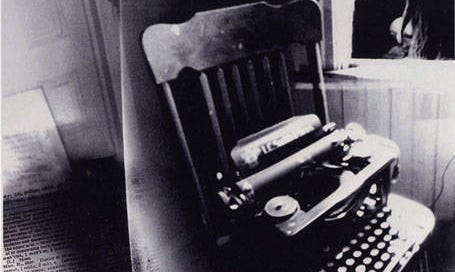



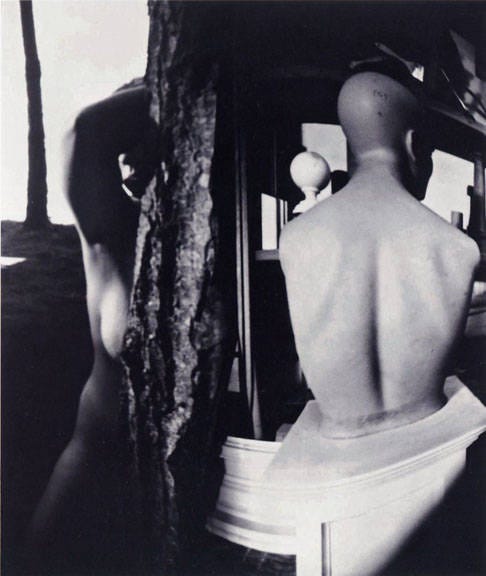
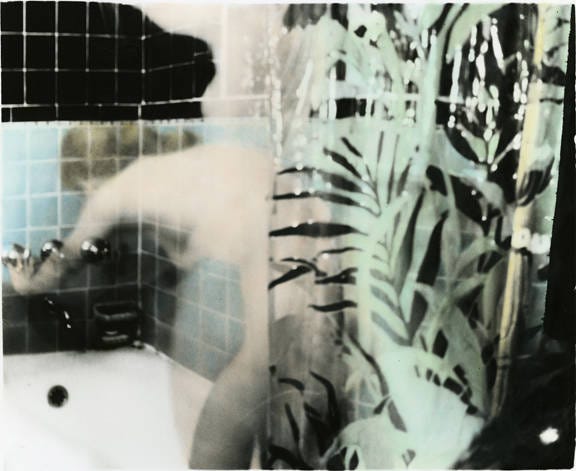
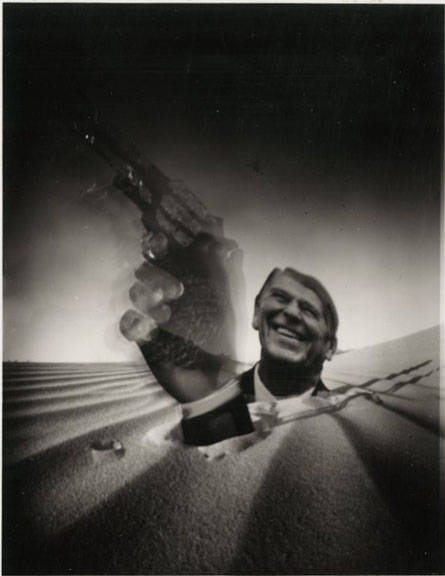
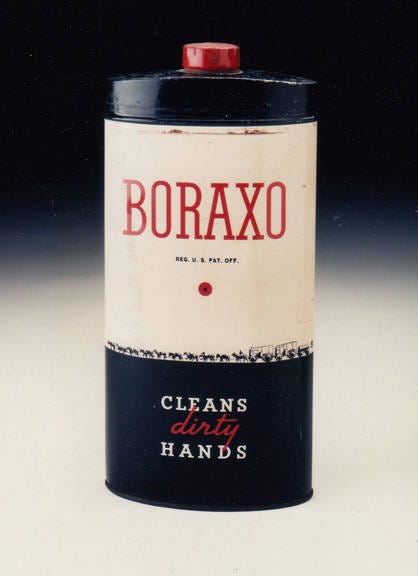

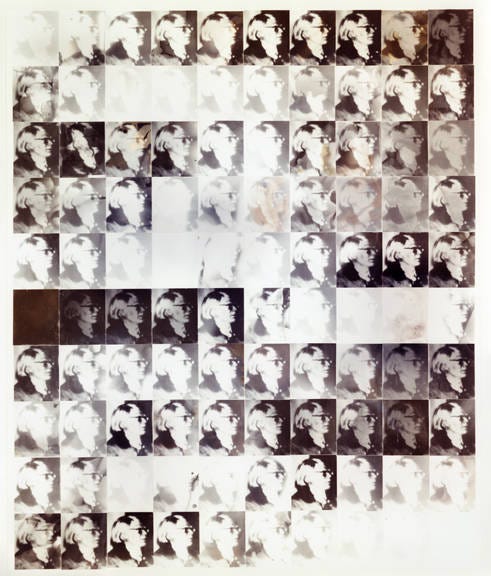
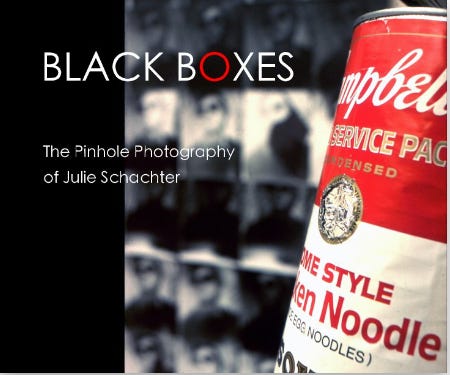


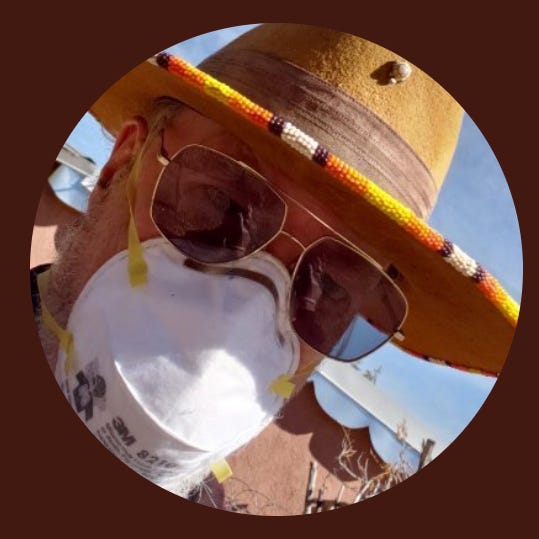
Happy Julie's work is belatedly getting outside the house and a few esoteric galleries. I always liked her work, and was glad to see it up close on my visits to your home(s). Would like a last time visit (most likely) but current events in USA make returning for screenings in LA look dubious. Unless things U-turn for the better likely I stay away. My politics are far too easy to find.
Such fun reading about all this, so happy Julie's work is being exhibited in Santa Fe!